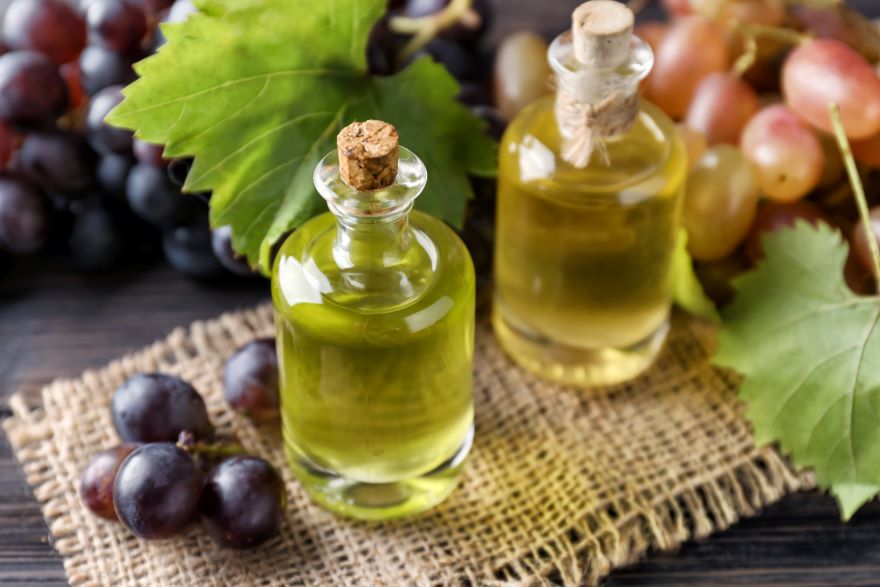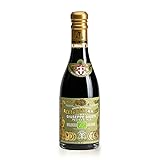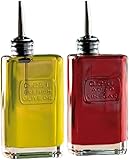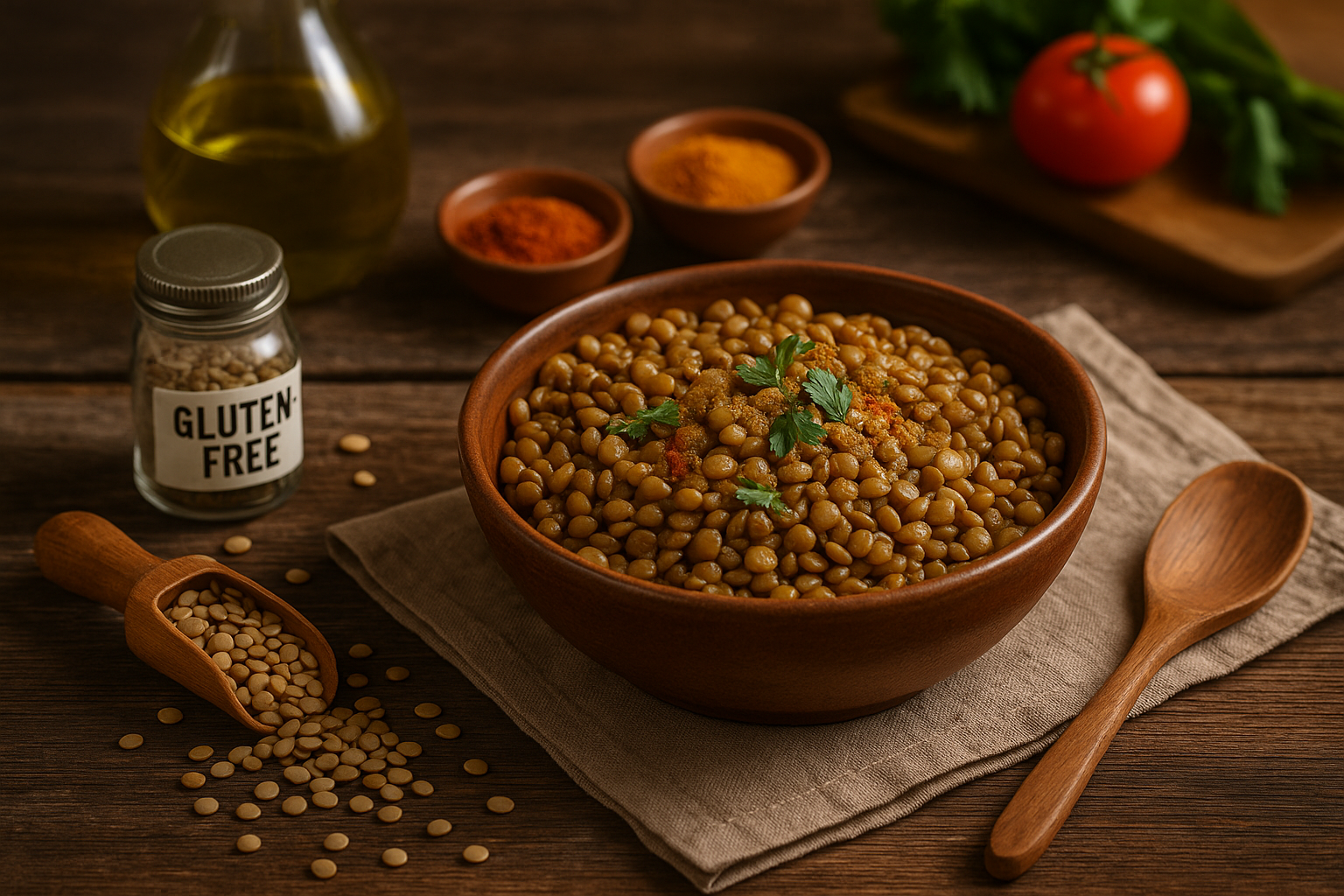The gleaming jar caught my eye at the local farmers’ market, its pale golden contents promising something different from the dark, syrupy balsamic vinegar I’d grown up with. “Try this,” the vendor said, offering me a sample of white balsamic vinegar-drizzled strawberry. The bright, crisp flavor danced on my tongue, nothing like the heavy sweetness I expected. That moment – that single taste – sparked a culinary revolution in my kitchen that I never saw coming.
Six months earlier, my doctor had given me a wake-up call about my health. My blood pressure was creeping up, and my energy levels were at rock bottom. “Clean up your diet,” she advised. Like many people, I translated that into endless bowls of plain salad and steamed vegetables. By the time I discovered white balsamic vinegar, I was ready to give up on healthy eating altogether.

The Discovery That Changed Everything
That first taste at the farmers’ market led me to buy a bottle, though I had no real plan for it. Back home, I drizzled a little over my usual lunch salad, and suddenly, those same old greens came alive with flavor. The subtle sweetness and gentle acidity transformed my meal from something I had to eat into something I wanted to eat.
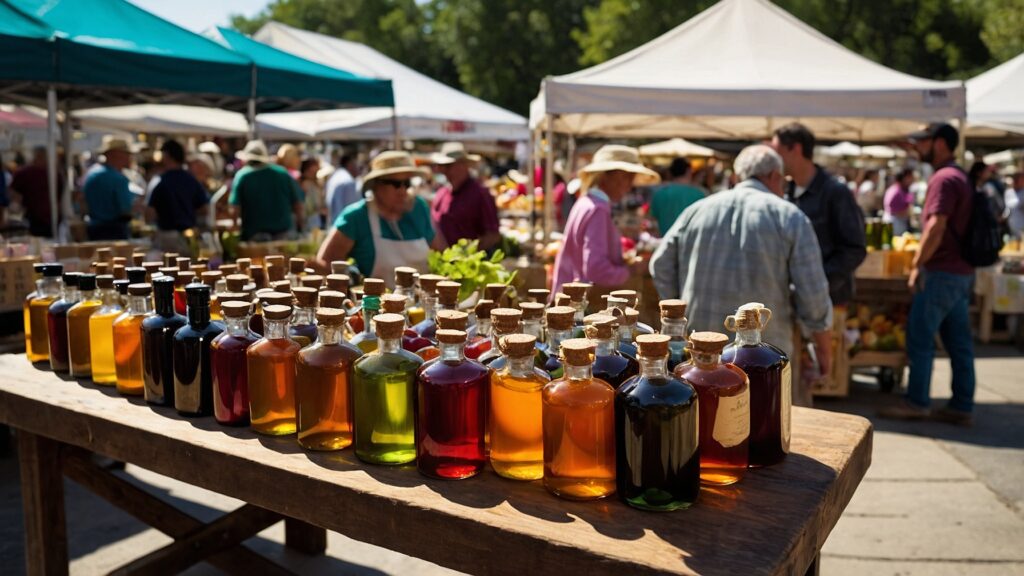
But the real breakthrough came when I started experimenting beyond salads. Each week brought new discoveries as I found ways to incorporate this versatile ingredient into everything from breakfast to dinner. My kitchen became a playground again, and healthy eating stopped feeling like punishment.
My culinary journey began with a quality bottle of white balsamic vinegar. After trying many brands, I found this artisanal gem from Giuseppe Giusti – their 12-Year Aged White Balsamic Vinegar from Modena. Made in small batches using traditional methods, this vinegar offers exceptional brightness without overwhelming acidity.
- Organic Balsamic Vinegar – Crafted with the must of cooked organic grapes from sustainable farming and refined organic wine vinegar drawn from centuries-old casks, this 12-year matured balsamic vinegar of Modena enhances any dish with its deep, complex flavors.
- IGP Certified – Meticulously developed in French oak barrels with the addition of mature balsamic through the decanter and refill system. Our organic vinegar is IGP-certified by the vintners of Modena and Reggio Emilia, ensuring authenticity and quality.
- Versatile Pairing – With its well-balanced profile, this organic balsamic vinegar effortlessly complements salads, vegetables, meats, sauces, and gravies, as well as sweet dishes and desserts.
- Rich, Complex Flavor – A perfect balance of bold balsamic acidity and natural sweetness from grape must, this deep brown gourmet vinegar boasts pleasant aromas of red fruit, alongside subtle spicy and sweet notes.
- A Modern Classic – This organic version of our renowned 3 Gold Medals balsamic vinegar pays homage to a legacy of excellence, named after the prestigious medals it earned at International Fairs in the 19th century.
My First Kitchen Experiments
The early days weren’t without mishaps. I once ruined an entire batch of roasted vegetables by adding too much vinegar too early in the cooking process, leaving them soggy instead of caramelized. Another time, I tried to create a white balsamic reduction sauce that turned into a sticky mess glued to my favorite pan.
Yet each failure taught me something new about this ingredient. I learned that sometimes less is more, that timing matters, and that different foods need different approaches. These lessons became the foundation of my cooking transformation.
The Recipes That Changed My Game
1. Sunrise Quinoa Power Bowl
This breakfast creation came about one morning when I couldn’t face another bowl of oatmeal. Now it’s become my signature morning meal that friends regularly request the recipe for.
What you’ll need:

1 cup cooked quinoa1 ripe peach, sliced1 cup mixed berries (strawberries, blueberries, raspberries)1/4 cup toasted almonds2 tablespoons white balsamic vinegarFresh mint leaves1 tablespoon raw honeyDash of cinnamonOptional: 2 tablespoons Greek yogurt
Start by warming the quinoa slightly – not hot, just enough to take the chill off. Toss it with 1 tablespoon of white balsamic vinegar while still warm, allowing the grain to absorb the flavor. Layer your fruits on top, drizzle with honey and the remaining vinegar, then finish with almonds, mint, and cinnamon. Add a dollop of Greek yogurt if desired.
The magic of this bowl lies in how the white balsamic vinegar bridges the earthiness of quinoa with the sweetness of fresh fruit. It’s a breakfast that feels both nourishing and indulgent.
2. Rainbow Root Vegetable Medley
This dish came to life one frosty morning when I opened my winter CSA box to find a beautiful array of root vegetables – vibrant purple carrots, pale golden parsnips, ruby-red beets, and sweet potatoes. At first, I worried these winter staples would end up as another bland side dish. But that’s when I remembered my white balsamic vinegar.
What you’ll need:
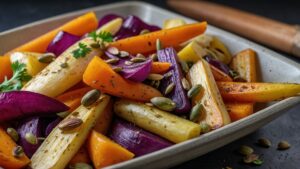
Sweet potatoes, cubed
Rainbow carrots
Parsnips
Golden beets
Red onion wedges
Fresh thyme
3 tablespoons white balsamic vinegar
2 tablespoons extra virgin olive oil
Sea salt
Fresh cracked pepper
Toasted pumpkin seeds
Toss the vegetables with olive oil, salt, and pepper. Roast at 400°F for 20 minutes. Add fresh thyme and continue roasting for another 15 minutes. In the final 5 minutes, drizzle with white balsamic vinegar and return to the oven. The vinegar creates a gorgeous glaze that transforms humble root vegetables into something remarkable. Finish with toasted pumpkin seeds for crunch.
3. Mediterranean Herb-Infused Lentil Bowl
This recipe developed during a busy work week when I needed something nutritious but quick.
What you’ll need:
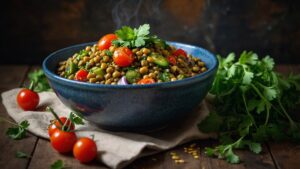
French green lentils
Cherry tomatoes
Persian cucumbers
Fresh parsley
Fresh mint
Red onion, finely diced
White balsamic vinegar
Extra virgin olive oil
Za’atar seasoning
Crumbled feta (optional)
Cook lentils until tender but still firm. While warm, dress them with white balsamic vinegar and olive oil, allowing the flavors to absorb. Add chopped vegetables and herbs, then finish with za’atar and feta if using. The white balsamic vinegar adds brightness without overpowering the delicate herbs.
4. Summer Stone Fruit and Herb Salad
This recipe showcases how white balsamic vinegar can enhance natural sweetness without adding sugar.
What you’ll need:

Mixed baby greens
Ripe nectarines
Fresh apricots
Persian cucumbers
Fresh tarragon
White balsamic vinegar
Extra virgin olive oil
Raw pistachios
Microgreens for garnish
Create a dressing with white balsamic vinegar and olive oil (2:1 ratio). Slice fruit thinly, chop cucumbers, and toss everything together with the greens and tarragon. Top with crushed pistachios and microgreens.
Beyond Recipes: Building a Healthy Kitchen Foundation
As my confidence with white balsamic vinegar grew, I began understanding broader principles of healthy cooking:
- Quality ingredients matter more than quantity
- Fresh herbs can transform simple dishes
- Acid balances flavors and reduces the need for salt
- Healthy food can and should be exciting
- Preparation and planning make healthy eating sustainable
When working with premium ingredients like white balsamic vinegar, proper storage is essential for preserving their delicate flavors. I invested in the Luigi Bormioli Oil and Vinegar Dispenser Set. Made in Italy, these high-quality glass bottles with precise pouring spouts have kept my specialty vinegars fresh while adding a professional touch to my kitchen counter.
- Dishwasher safe
- 7 x 5 x 19 cm - Volume: 250 ml each
- Creative design
- Material: Glass and Stainless Steel
- For accurate measuring, made in Italy
Seasonal Applications with White Balsamic Vinegar
I discovered that white balsamic vinegar adapts beautifully to each season:
Spring:
- Drizzled over asparagus
- Mixed into pea puree
- Added to strawberry compote
Summer:
- Tossed with grilled peaches
- Mixed into watermelon salad
- Used in tomato-basil arrangements
Fall:
- Glazed roasted squash
- Added to apple-based dishes
- Mixed into warm grain salads
Winter:
- Brightening roasted root vegetables
- Adding zip to citrus-based dishes
- Enhancing warm quinoa bowls
Creating Community Through Cooking
My white balsamic adventures led to unexpected connections. I started hosting monthly dinner parties where friends brought ingredients, and we experimented together. These gatherings evolved into a small cooking club where we share recipes and tips for healthy eating.
Some of our favorite group activities include:
- Seasonal ingredient challenges
- Recipe swap nights
- Farmers’ market tours
- Bulk buying and sharing specialty ingredients
- Monthly theme nights focusing on different cuisines
Practical Tips for Your White Balsamic Vinegar Journey
After countless experiments, here are my top tips for incorporating white balsamic vinegar into your cooking:
- Start Small:
- Begin with simple applications
- Use less than you think you need
- Taste as you go
- Quality Matters:
- Invest in a good bottle
- Store properly in a cool, dark place
- Use within 6-12 months of opening
- Temperature Considerations:
- Cold dishes need more vinegar than hot ones
- Heat intensifies flavor
- Room temperature vinegar blends better than cold
- Pairing Guidelines:
- Light dishes: use sparingly
- Rich dishes: be more generous
- Sweet dishes: balance with herbs
- Savory dishes: pair with fruit notes
The Ripple Effect
What started with a simple bottle of white balsamic vinegar created waves of positive change in my life:
- My energy levels improved
- Cooking became joyful rather than stressful
- I developed a more experimental mindset
- My relationship with food became healthier
- I built new friendships through cooking
Creating these recipes becomes even more enjoyable with the right tools. I love using my Fellow Carter Move Mug to take my white balsamic breakfast bowls to work – its ceramic interior doesn’t react with acidic ingredients, and the leak-proof design means my breakfast arrives perfectly intact.
- HEAT-LOCK YOUR COFFEE & TEA: Our 304 18/8 double-wall vacuum-insulated stainless steel tumbler retains heat for up to 12 hours and stays cold for up to 24 hours. And with a snap-in splash guard and a slim width, this mug is ready to roll.
Looking Forward
Today, my kitchen tells a different story than it did before that farmers’ market visit. My pantry shelves hold several varieties of white balsamic vinegar, each with its purpose. But more importantly, they hold the promise of continued discovery and growth.
Each new recipe is an opportunity to learn something about food and myself. When friends ask about my cooking journey, I tell them it’s not about the vinegar itself – it’s about finding that one thing that makes healthy eating click for you.
For me, white balsamic vinegar was the key that unlocked a world of flavor in healthy cooking. It taught me that eating well doesn’t mean eating boringly, and that small changes can lead to big transformations.
What will be your catalyst for change? Maybe, like me, you’ll find inspiration in an unexpected place. The journey to healthier eating doesn’t have to be bland or difficult. Sometimes, all it takes is a single ingredient to spark a revolution in your kitchen.
Start small, experiment often, and most importantly, have fun with the process. Your perfect healthy kitchen awaits – and it might just begin with a drizzle of something new.
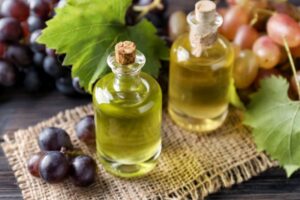
*We may earn a commission for purchases made using our links. Please see our disclosure to learn more.

